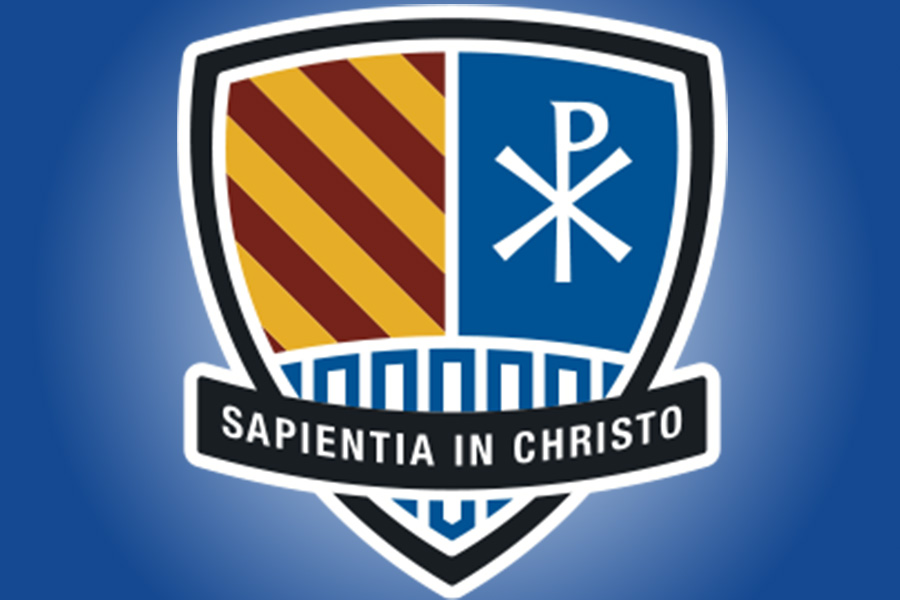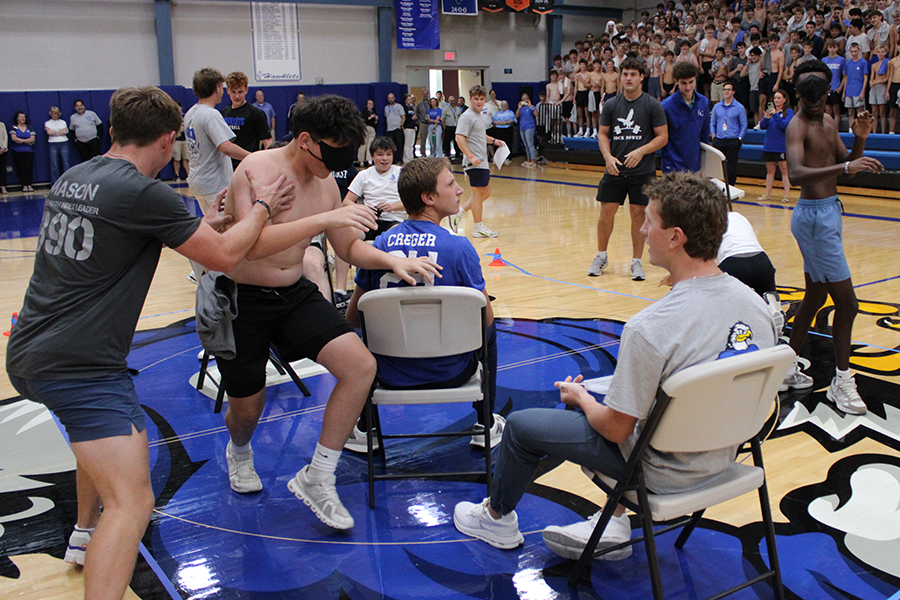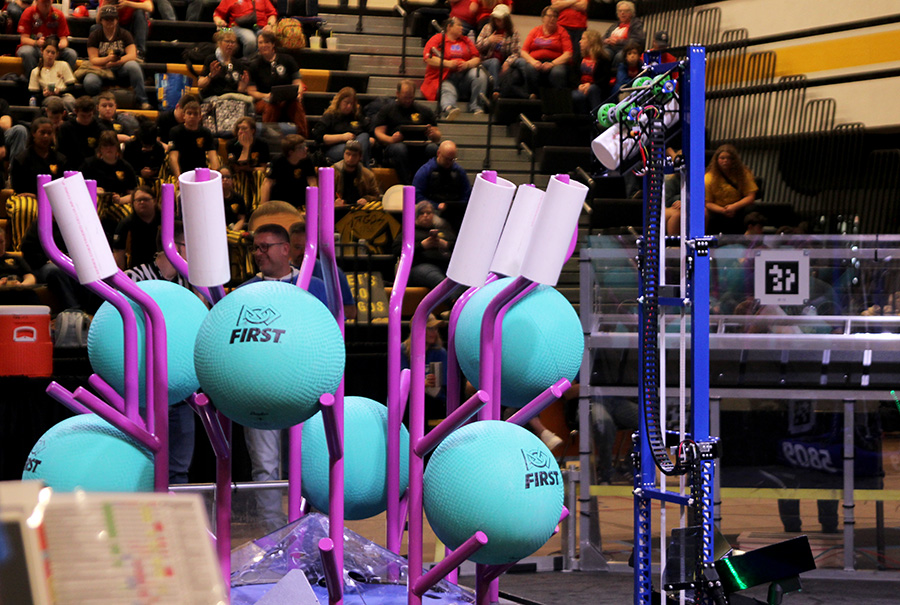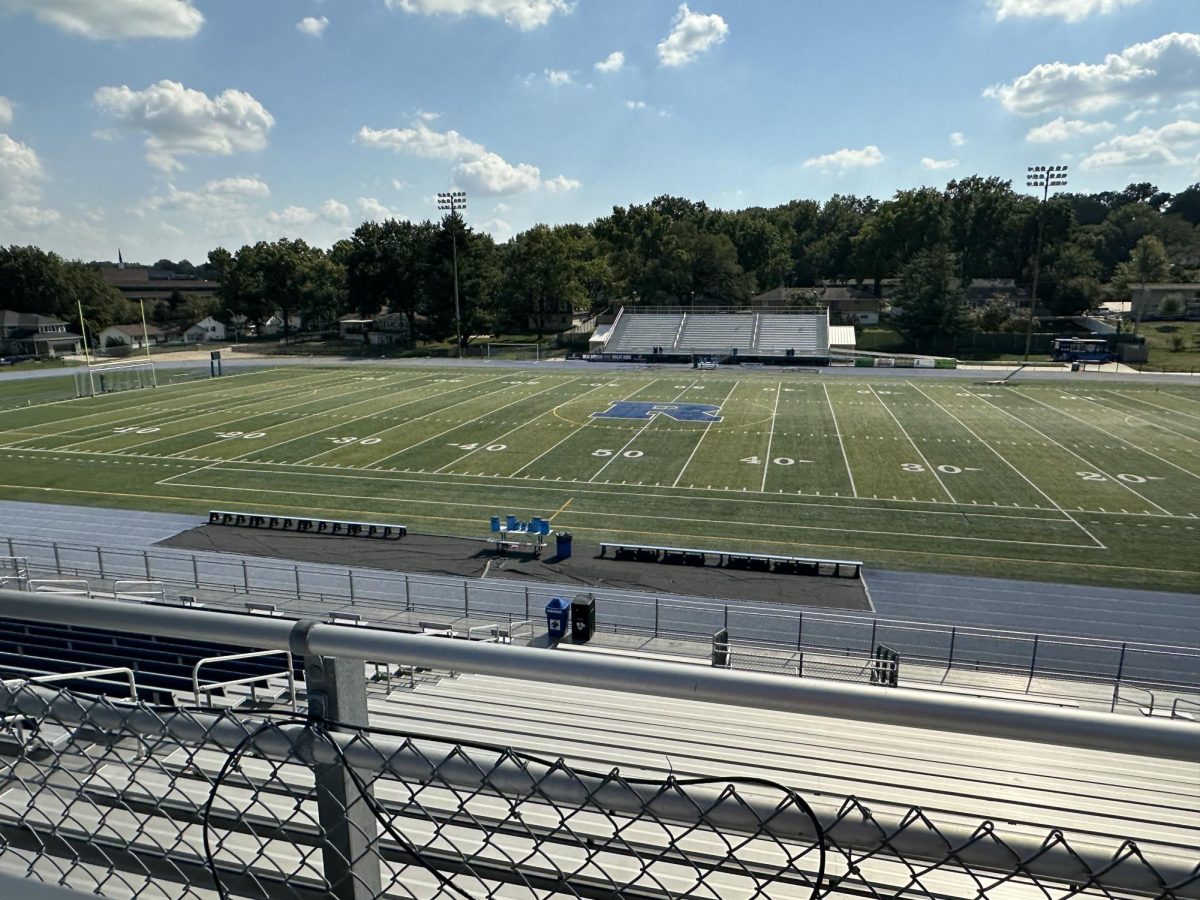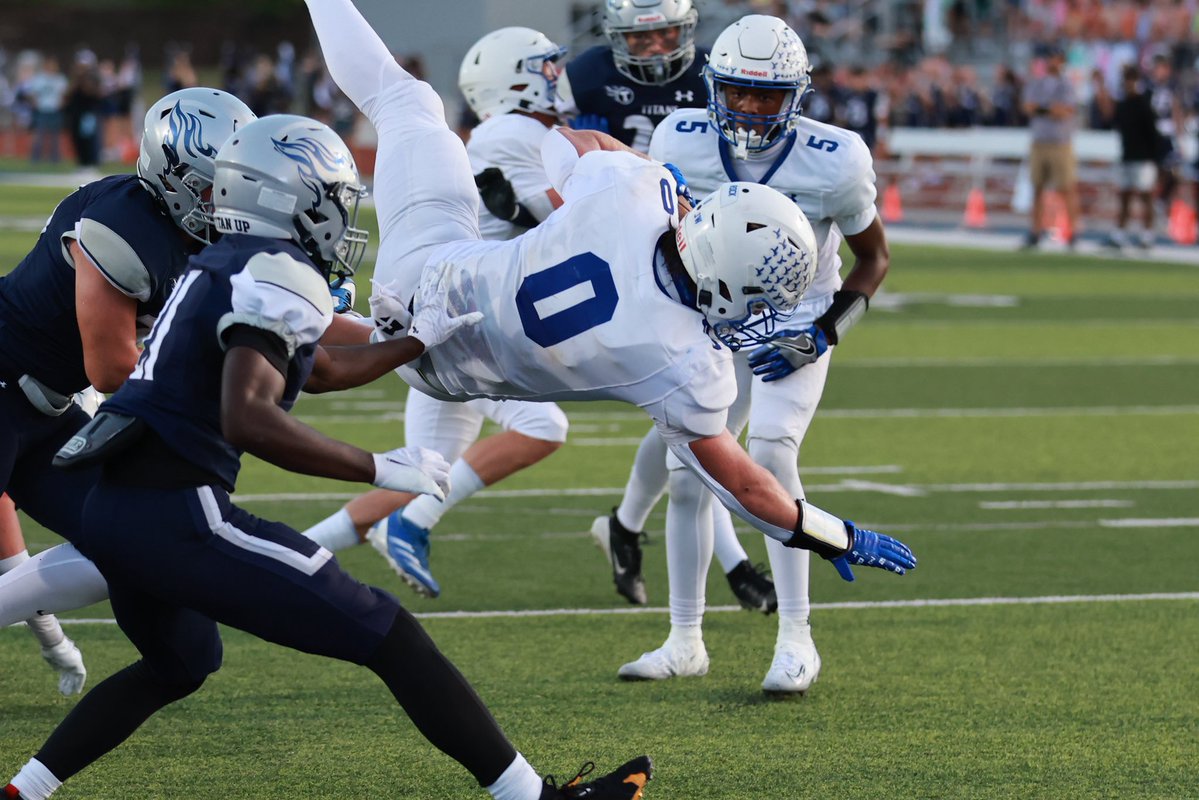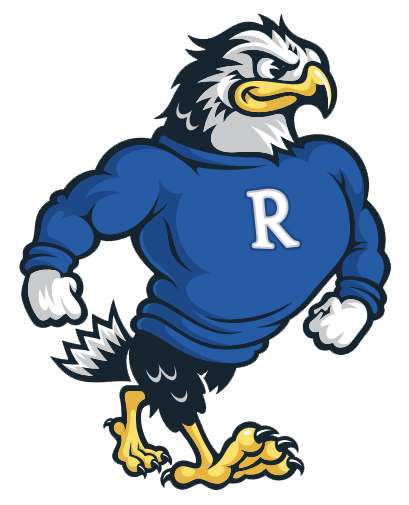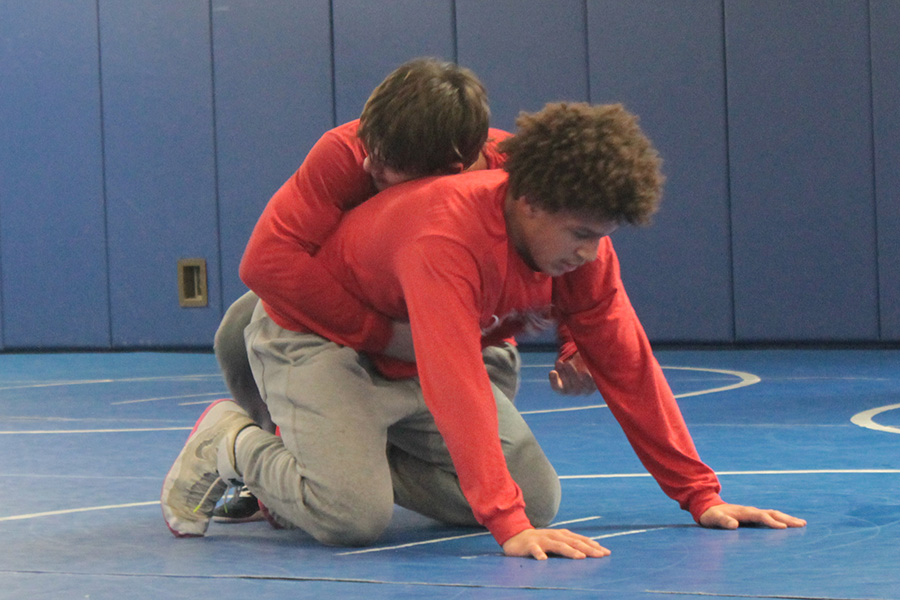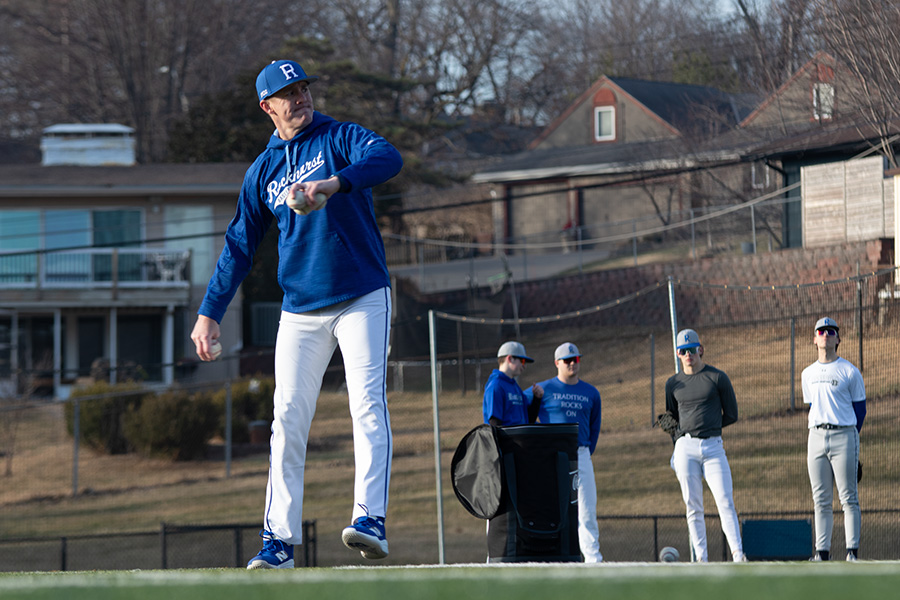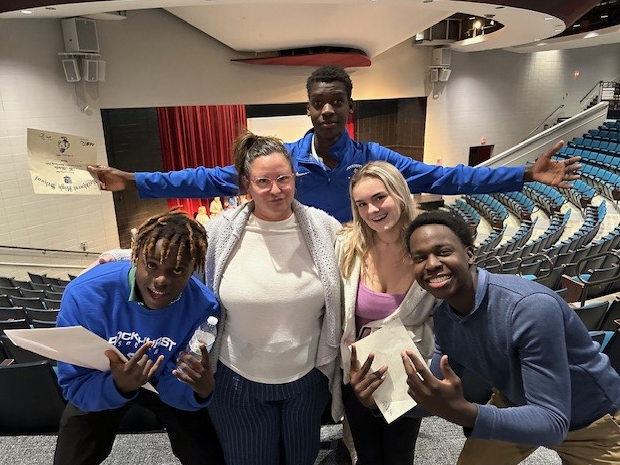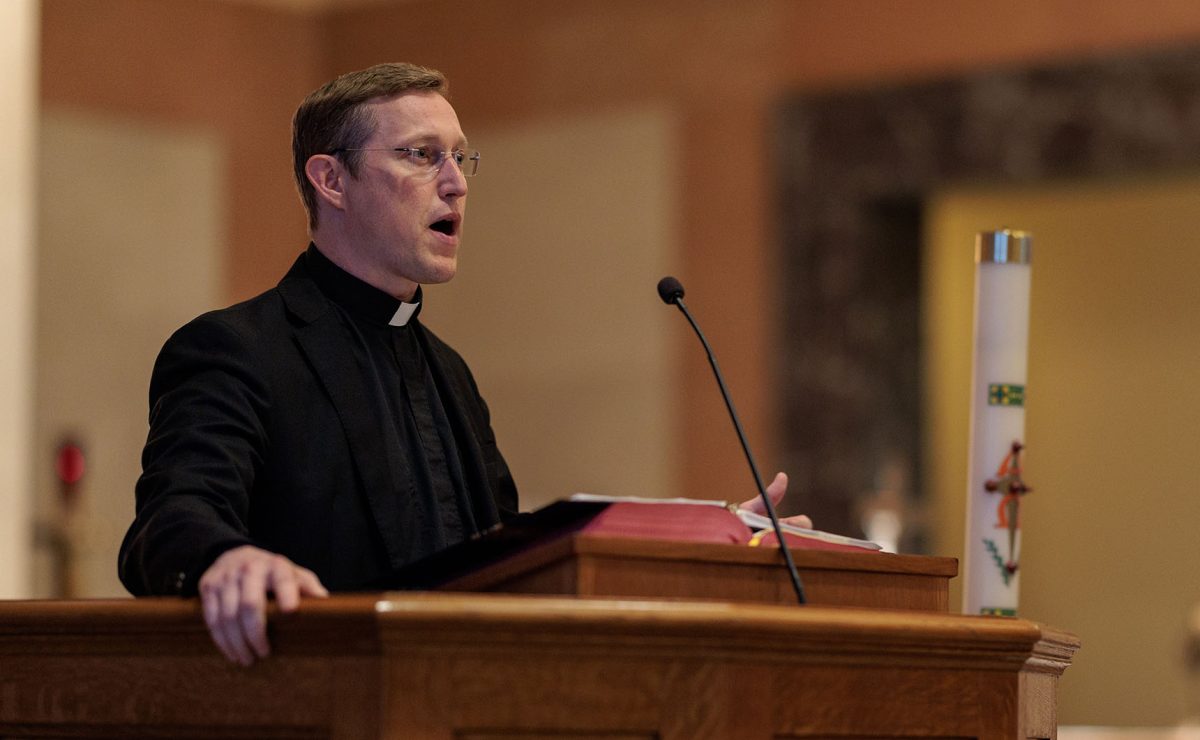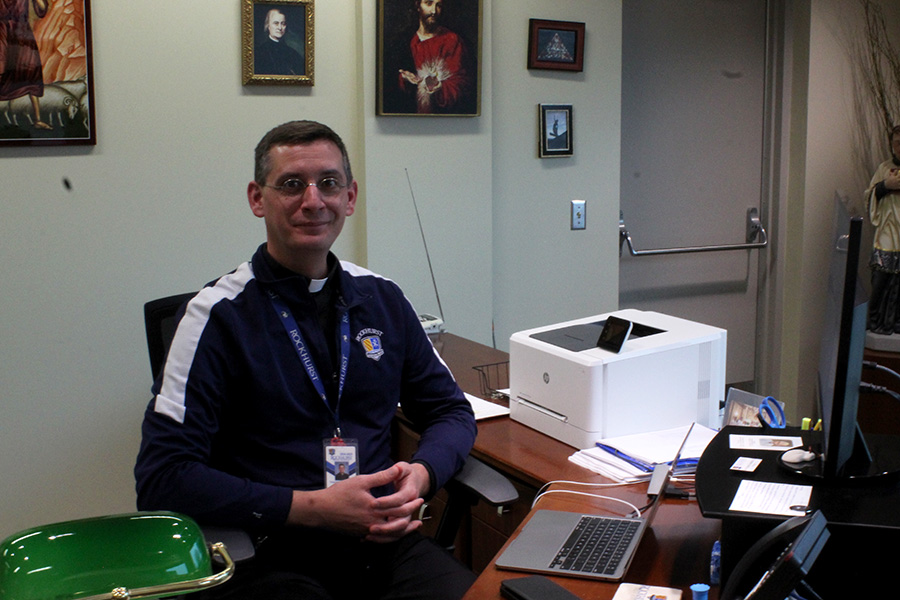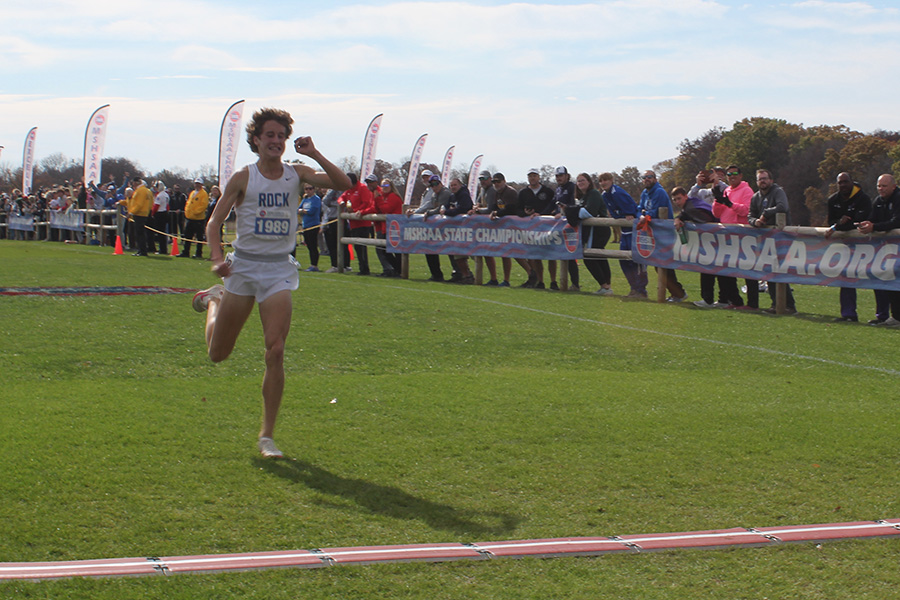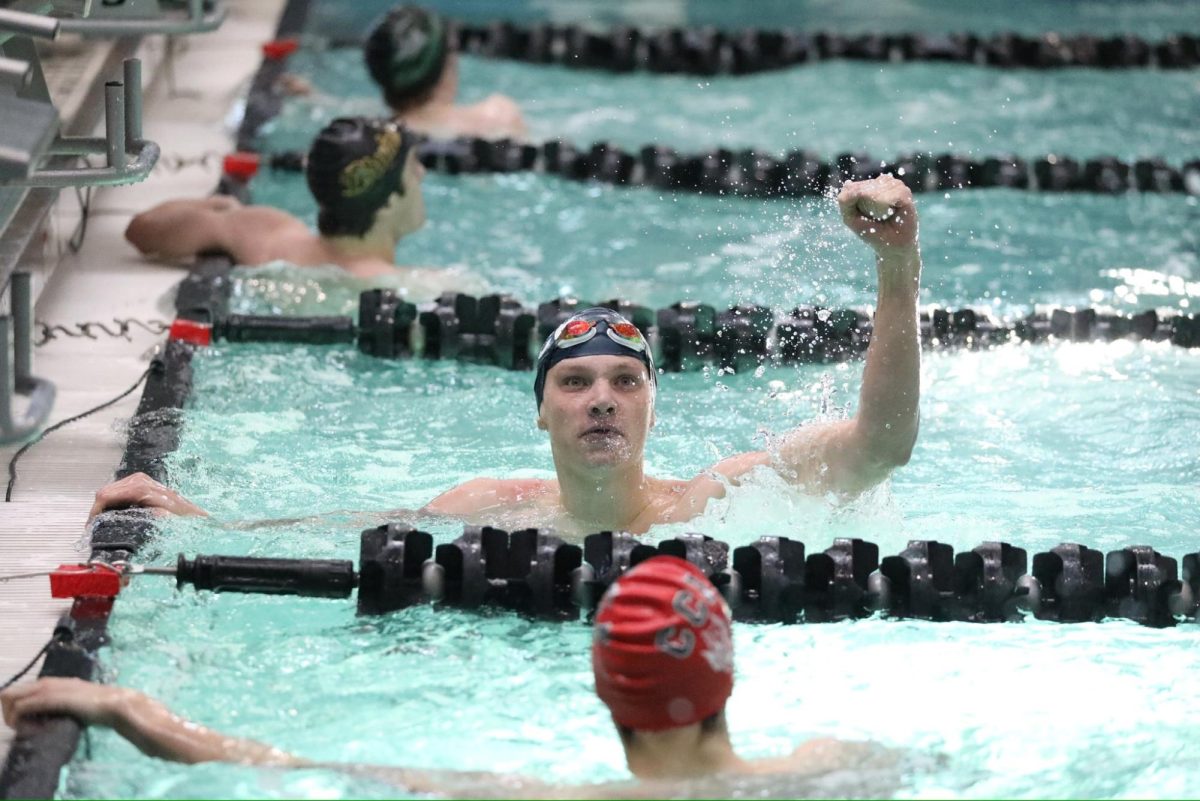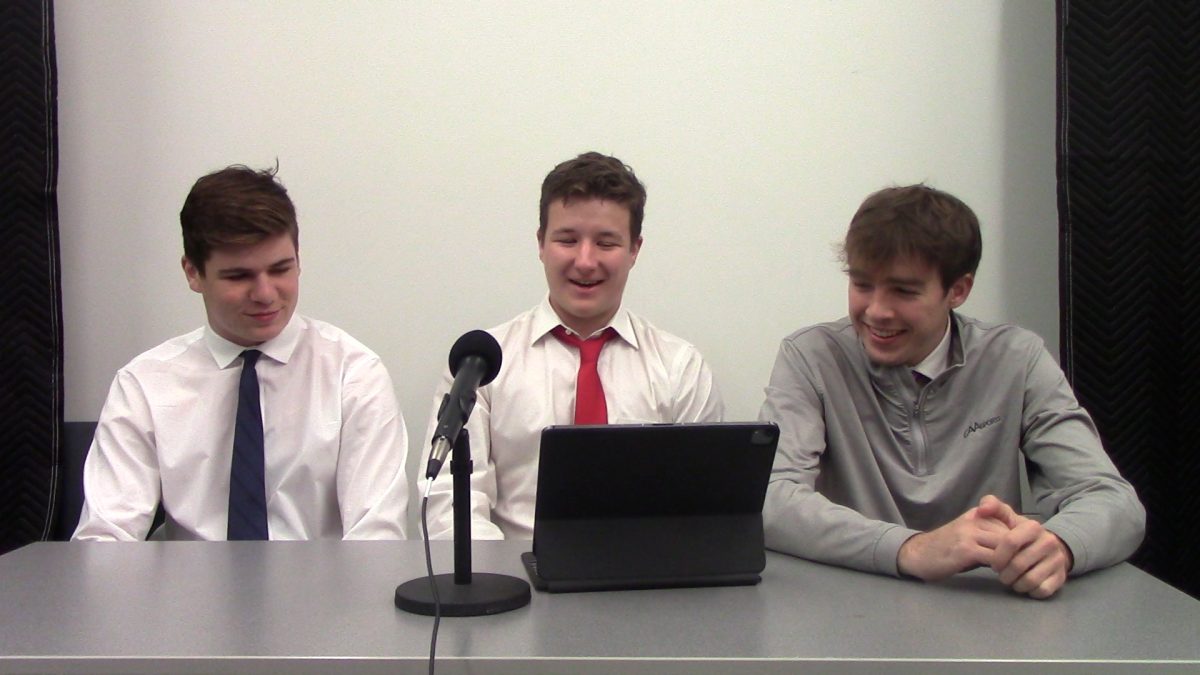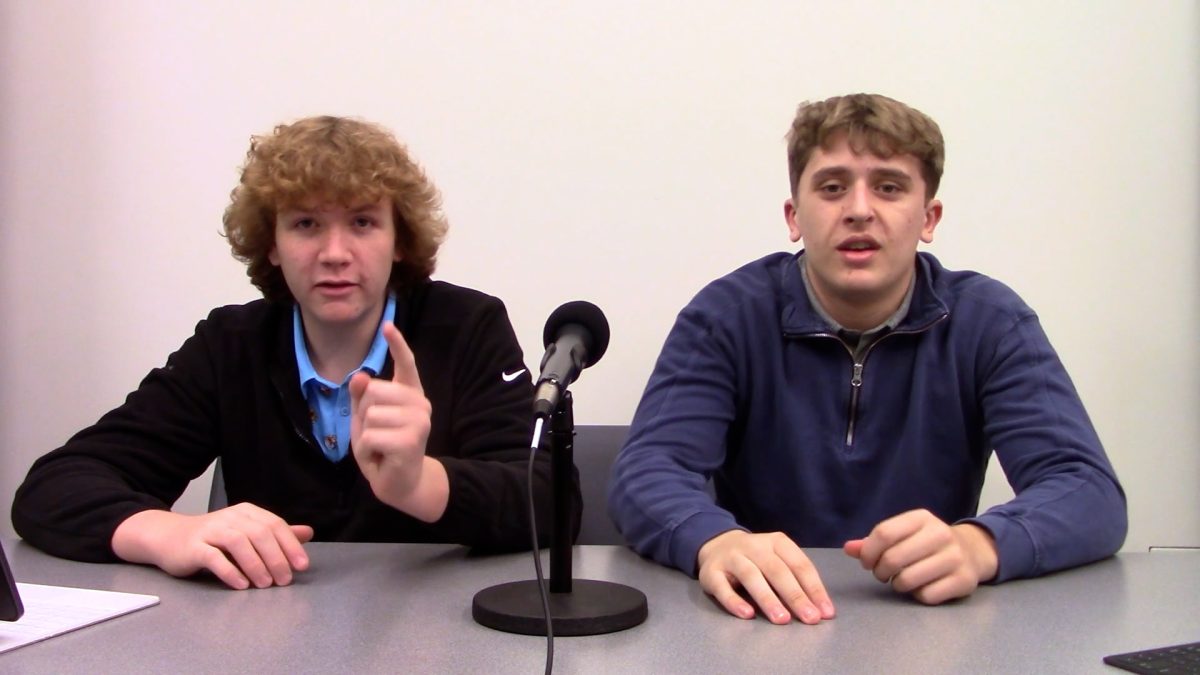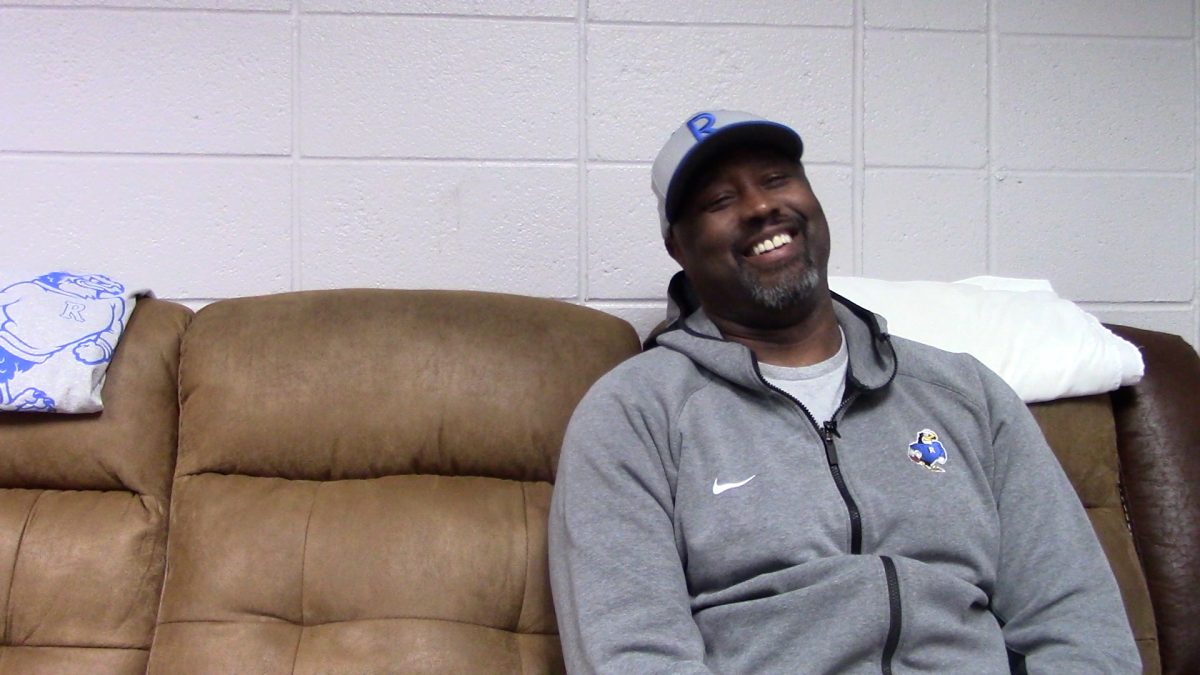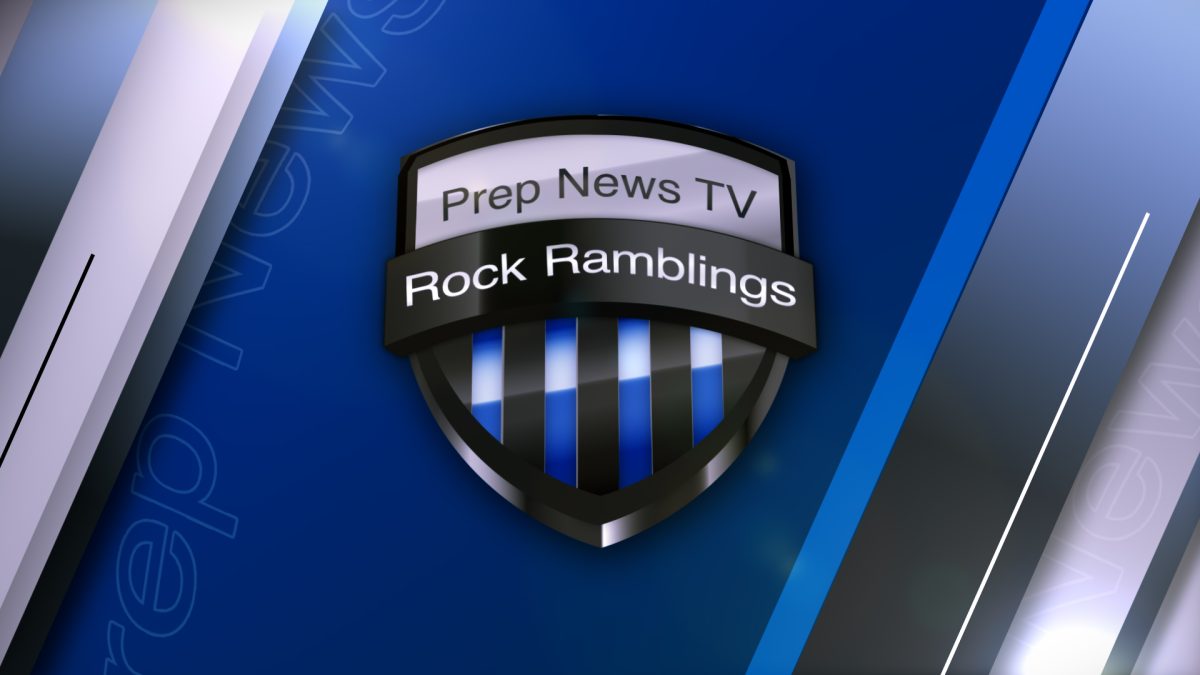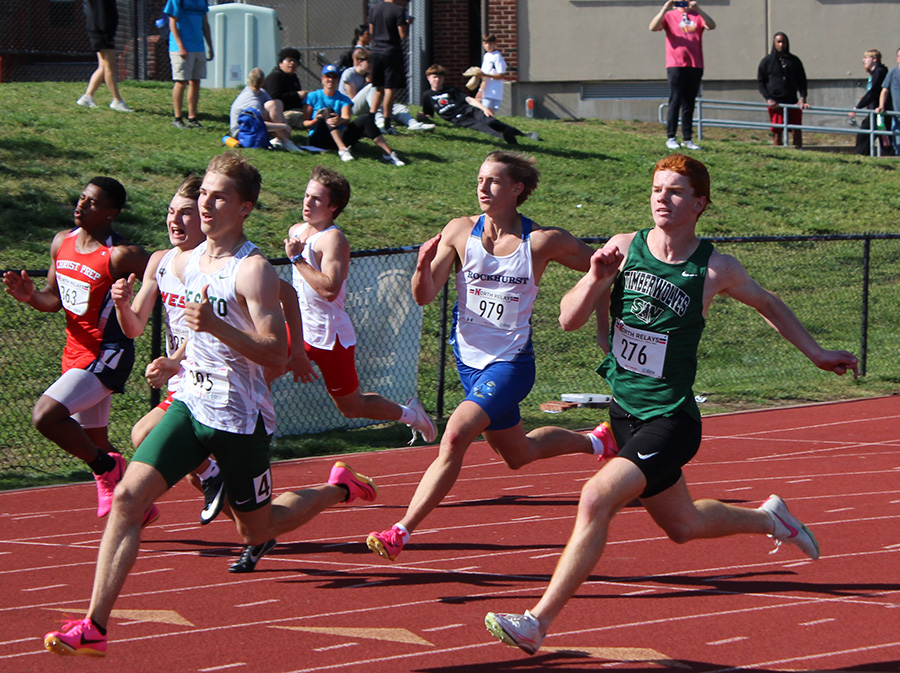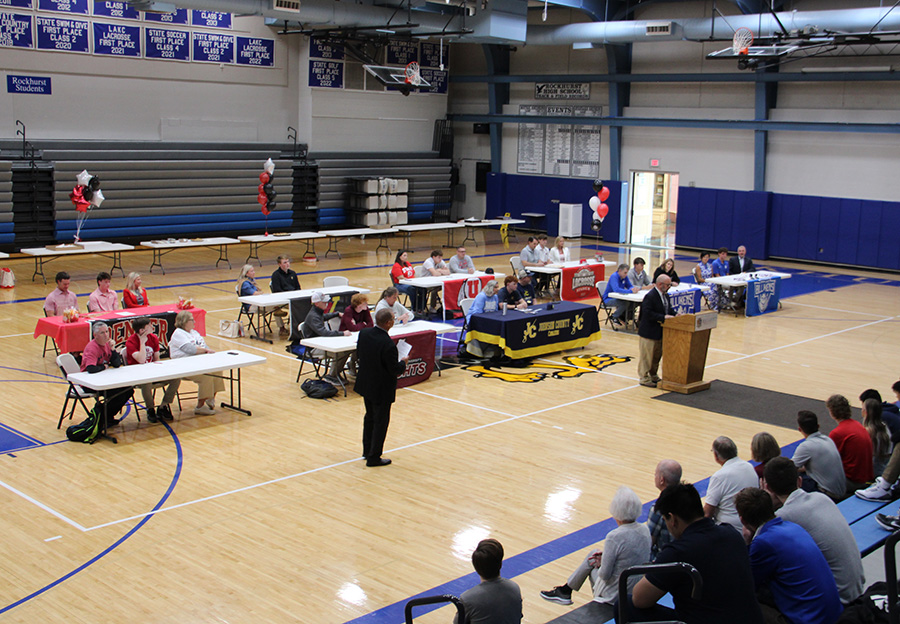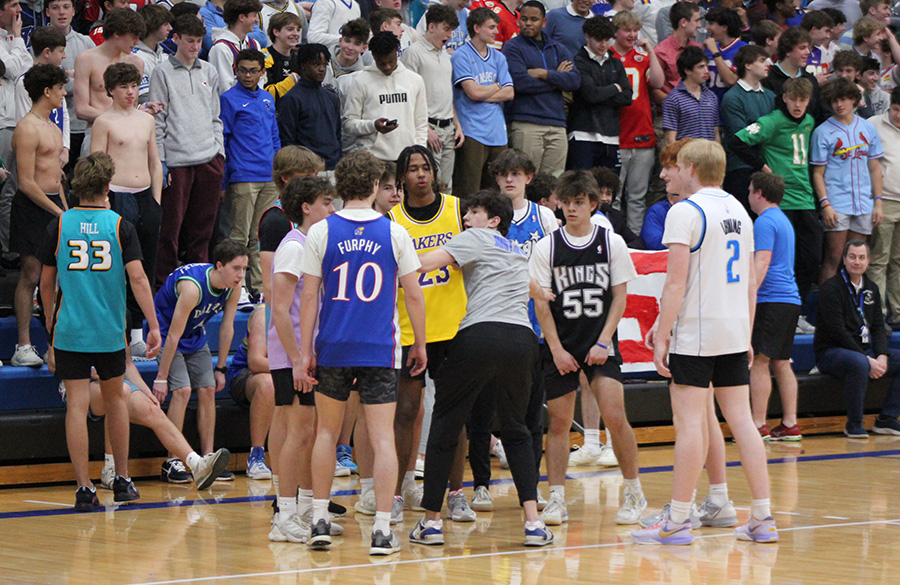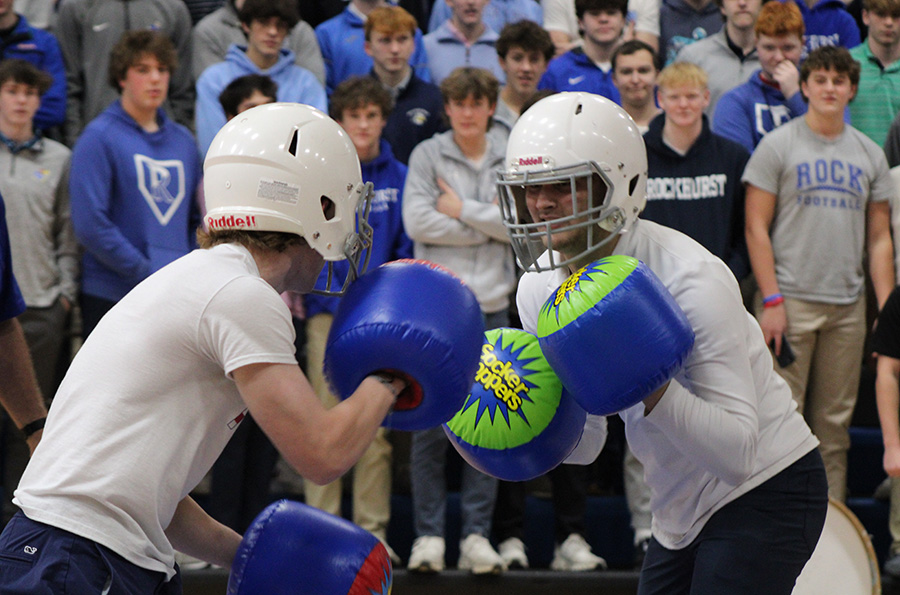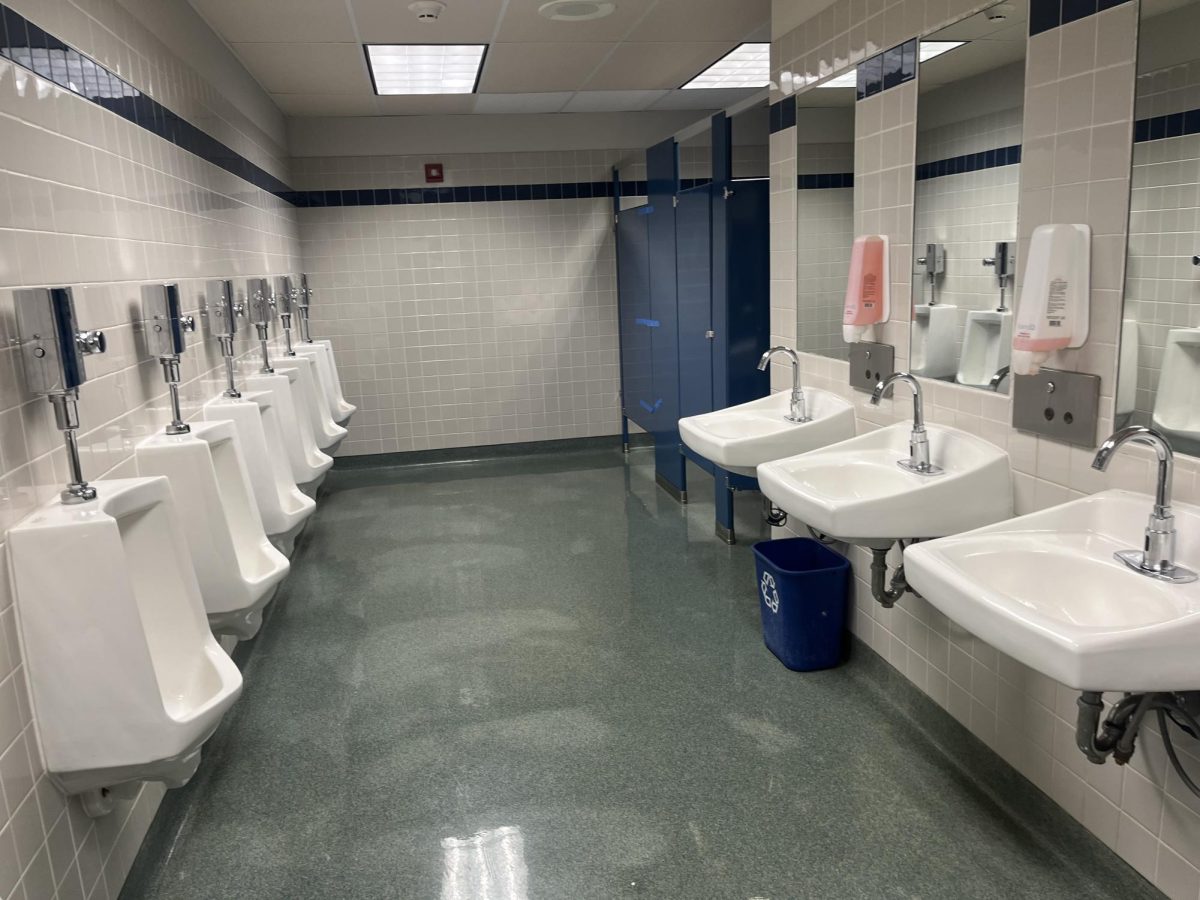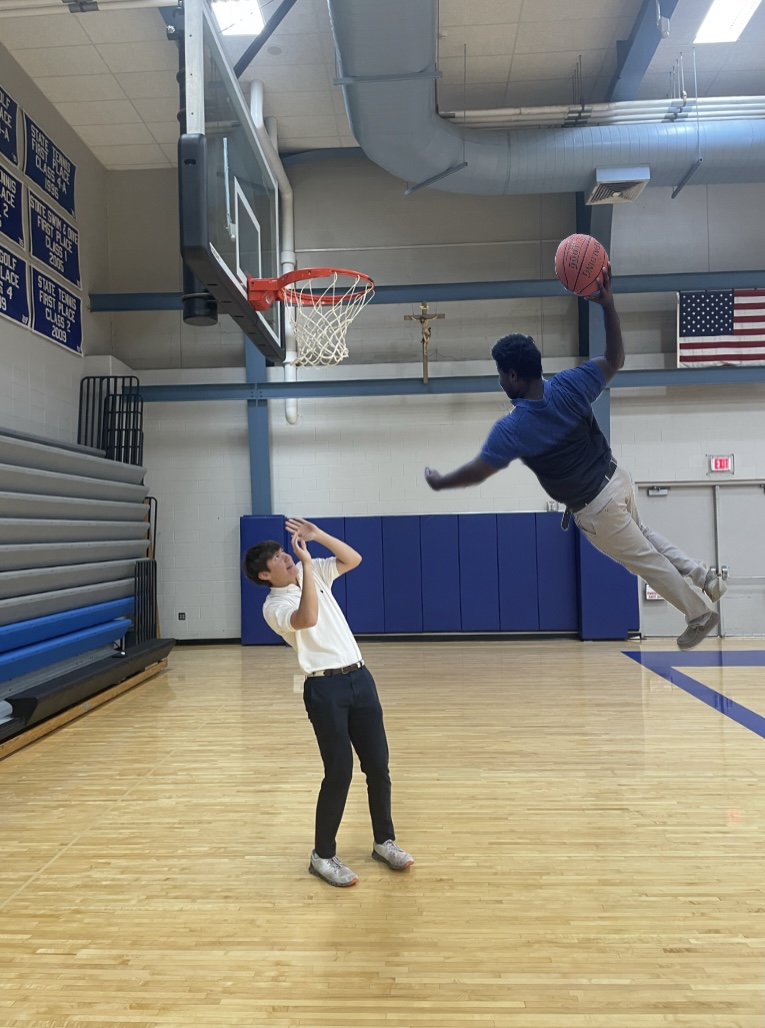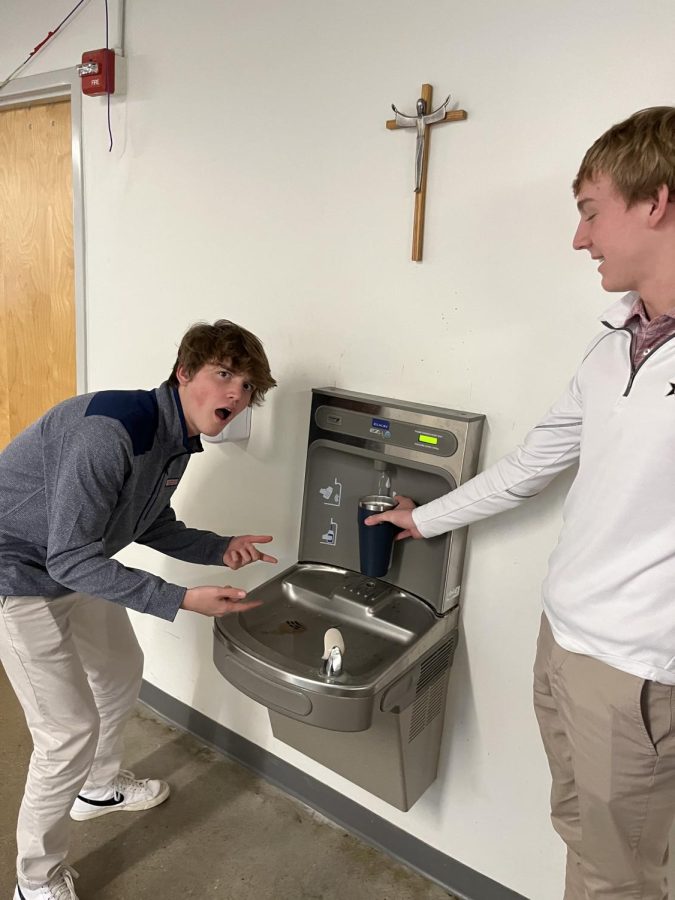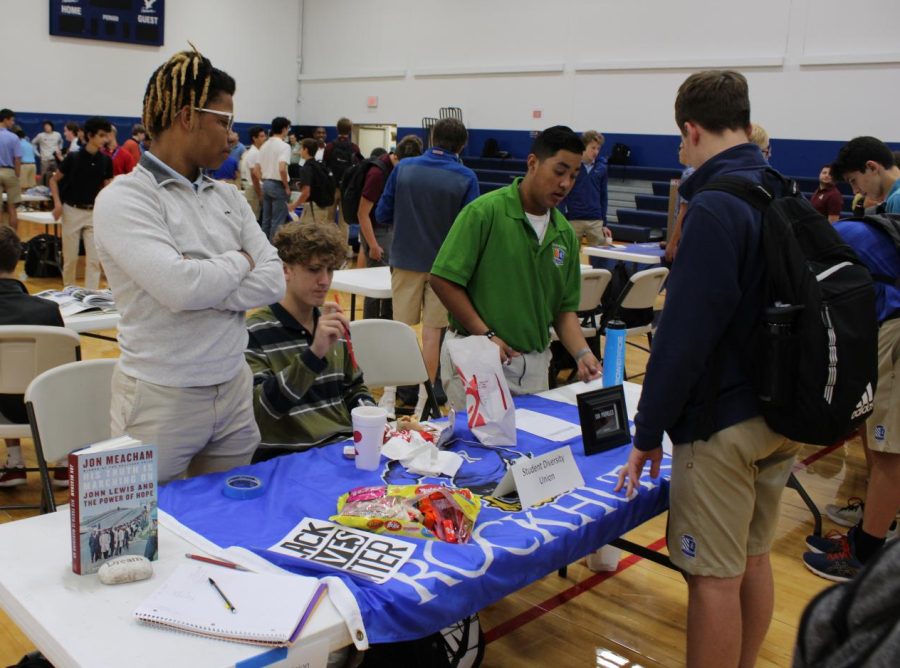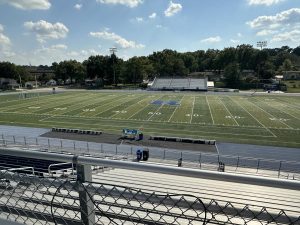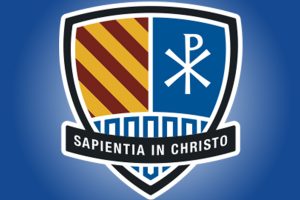Clubs Face Uncertain Future as Participation Falls
Club participation has dropped drastically this year—in some cases by as much as half—leading many clubs towards a breaking point.
March 10, 2023
Coming out of the pandemic last year, Rockhurst made a huge push to bring back school spirit and student engagement. Pep rallies came back in full force, and students could finally pack the stands again during football season. However, this year, while on the surface everything at Rockhurst seems to be back to normal, one aspect of student life still hasn’t returned to pre-pandemic levels, or even levels seen last year: clubs.
In fact, in conversations with school administrators and students from a wide range of clubs—from Future Docklets to Student Diversity Union, and everywhere in between—club membership and activity this year has plummeted, with consequences that could upend club life at Rockhurst entirely.
“Club participation has changed drastically,” said senior Brian Humphrey, president of the Future Docklets of America. “From last year to this year, our club numbers have been cut in half.”
Though some clubs might be able to weather a few more years of poor turnout, loss in club membership this year means that if something doesn’t change soon, many more clubs could face an uncertain future.
Julian Garcia, president of the Student Diversity Union (SDU), fears that if club participation continues to drop next year, it could mean the end of his club entirely, undoing years of work to bring his club to where it currently stands.
“We’d probably merge at [that] point with the Human Dignity Club. They would absorb [Student Diversity Union] until somebody wants to bring it back.”
Even now, though, clubs already feel the impact of the drop in membership this year. With not enough members attending meetings, club goals can’t be realized, all the while making things much harder for active members.
“Our entire club, except for two people, are sophomores,” said sophomore Michael Redlich, a member of the Conservation Club. “Over sophomore retreat, it was really difficult to get anything done. With our [one] senior bogged down, all the sophomores were gone, leaving the freshman to take care of the 40 animals [in science teacher Paul Winkeler’s room.] It’s just an unbelievable amount of work.”
To solve this issue, however, Rockhurst has already set its sights on one group who haven’t completely bought into the whole idea of clubs just yet: freshmen.
In fact, Chris Bosco, assistant principal for student life, and the one responsible for supervising club activities at Rockhurst, expressed that while overall, club participation rates among upperclassmen haven’t changed much, freshmen numbers across the board are much lower than other grades for a variety of reasons, including adjusting to life at Rockhurst.
“I’ve heard from freshmen that they don’t understand that they can just walk into a club meeting and if they’re interested, stay, and if they’re not, to not come back. In middle school, when you take electives that are kind of considered clubs, you have to sign up and you’re there for the [whole] quarter. That’s definitely a commitment there. I wonder if for some freshmen, they don’t understand that that’s not how [Rockhurst clubs] work,” said Bosco.
At the same time, though, Bosco mentioned that many students are simply engaged in other activities—basketball, ping pong, or just hanging out—and that while clubs might be hurting, student life overall might be just fine.
“You see freshmen having a really good experience engaging with each other [during Activity Period]. Maybe they’re not going to the clubs that we would expect them to be going to. Is that necessarily a terrible thing on behalf of a freshman, or is that just kind of an, ‘Okay, we need to change how we’re approaching freshmen?’”
To address the club gap, Rockhurst tried out different methods to approach freshmen. In the fall, the school put on a club fair, where dozens of Rockhurst clubs put up displays in the Loyola Gym to advertise themselves to freshmen. At the same time, during several morning Cura programs, the administration pitched the need to get involved in clubs, even featuring the Conservation Club during one Cura session. So far, though, those efforts haven’t bridged the club attendance gap.
For Garcia, one possible solution could be to more strongly push students towards exploring their interests.
“Maybe freshman year, first semester, freshmen should have something where they check what they’re interested in, and then [be] assigned to a room for an activity. Go to this club and see if you like it. If not, go to a different club on a different day. Once you do that, then [freshmen] might actually like [clubs] and enjoy [them].”
In talking with members of various clubs, they, and Bosco, agreed that one possible problem has to do with Activity Periods frequently cut this year, partially due to Rockhurst’s new combined A/B day schedule.
“We meet just twice a week, and if there’s something going on, Activity Period is the first thing that gets cut,” said Humphrey. “We have to prioritize our Activity Periods more because they’re a part of the learning experience here at Rockhurst. We have to treat it as if Activity Period is just as valuable as being in the classroom. Once that comes, then [good things] will follow.”
Currently, Activity Periods provide the main, if not the only opportunity for most clubs to meet during school hours. However, on shortened schedule days, Mass days, pep rally days, and any other B-day with another activity taking place, Activity Periods are usually nowhere to be found, facing the chopping block almost immediately to keep classes going for as close to their usual runtime as possible. Less Activity Periods mean less time for clubs to meet and expand, leading to the steep drop seen in club membership and participation this year.
While cutting Activity Periods might be an issue for another day with Rockhurst’s new schedule this year, Bosco offered a bit of advice for club moderators and members to stem the tide of club decline.
“[Don’t] be passive and say, ‘Well, I’ve made an announcement, I sent an email, I put up a flier.’ Go a step beyond just that. Go up to club members and say ‘What five freshmen are you going to bring, who would otherwise not be coming to this meeting?’ Who’s going to follow up for the second meeting with those freshmen and say, ‘Come on, you’re coming back.’”
Whatever the stakes in this club decline, the outcome is crystal clear: if something isn’t done, either by administration or by club leaders stepping up themselves with recruitment, clubs at Rockhurst might not be guaranteed to stay forever.
The Conservation Club sophomore, Michael Redlich, put it simply.
“I’ve had conversations with [Paul] Winkler, [Conservation Club moderator] about the member situation, and we’re gonna have to start getting rid of animals if we don’t start seeing new blood coming in.”
